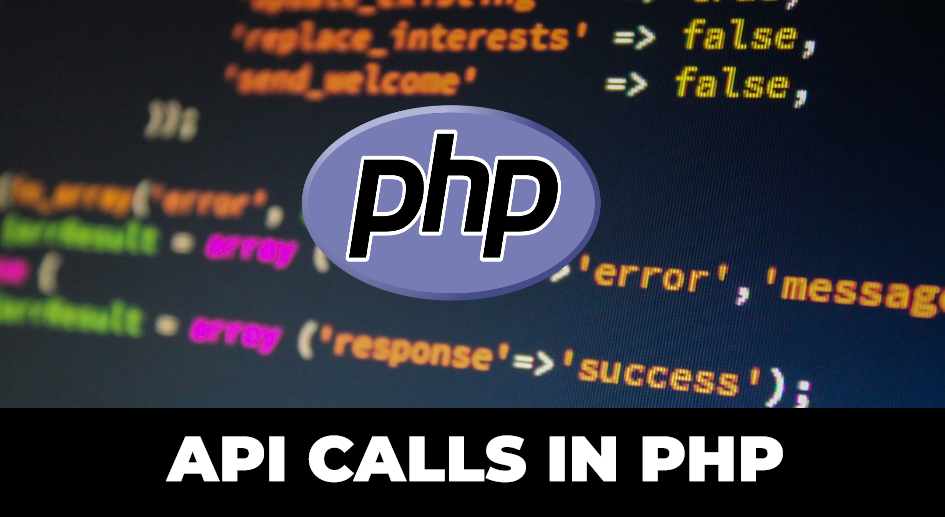An API call in PHP is a way to interact with an external service or API using the PHP programming language. It is a critical component of many web applications that require data from external sources. In this blog, we will discuss how to do API calls in PHP.
Understanding APIs
Before we dive into how to make an API call in PHP, let’s first discuss what an API is. An API, or application programming interface, is a set of protocols, routines, and tools for building software applications. APIs enable different software systems to communicate with each other, allowing developers to build complex applications that rely on multiple services.
Choosing an API
The first step in making an API call in PHP is to choose the API you want to use. There are many APIs available, ranging from social media APIs to weather APIs. Once you have chosen the API you want to use, you will need to register for an API key. An API key is a unique identifier that allows you to access the API.
Preparing Your PHP Environment
To make an API call in PHP, you will need a PHP environment installed on your computer. If you’re using a web hosting service, chances are they have PHP installed on their server. If you’re developing on your local machine, you will need to install PHP manually. You can download PHP from the official PHP website.
Also read: Is PHP Dead in 2021 ?
Making an API Call
Once you have chosen an API and have your PHP environment set up, you can start making API calls. To make an API call, you will need to use the PHP cURL library. cURL is a powerful library that allows you to send and receive HTTP requests and responses. Here’s an example of how to make an API call in PHP using cURL:
// Set API endpoint
$url = 'https://api.example.com/endpoint';
// Set API key
$api_key = 'your-api-key';
// Set request headers
$headers = array(
'Authorization: Bearer ' . $api_key,
'Content-Type: application/json'
);
// Set request options
$options = array(
CURLOPT_URL => $url,
CURLOPT_HTTPHEADER => $headers,
CURLOPT_RETURNTRANSFER => true
);
// Initialize cURL session
$curl = curl_init();
// Set cURL options
curl_setopt_array($curl, $options);
// Execute the request and get the response
$response = curl_exec($curl);
// Close the cURL session
curl_close($curl);
// Process the response
$data = json_decode($response, true);In this example, we set the API endpoint and the API key, and we set the request headers and options. We then initialize a cURL session and set the cURL options using curl_setopt_array(). We execute the request using curl_exec(), and then we close the cURL session using curl_close(). Finally, we process the response using json_decode().
Handling Errors
API calls can fail for many reasons, such as network issues or incorrect API keys. It’s essential to handle errors gracefully when making API calls in PHP. One way to do this is by using PHP exceptions. Here’s an example:
try {
// Make the API call
$response = make_api_call();
// Process the response
$data = json_decode($response, true);
} catch (Exception $e) {
// Handle the error
echo 'Error: ' . $e->getMessage();
}In this example, we wrap the API call in a try block and catch any exceptions using a catch block. If an exception is caught, we handle the error by displaying a message to the user.

